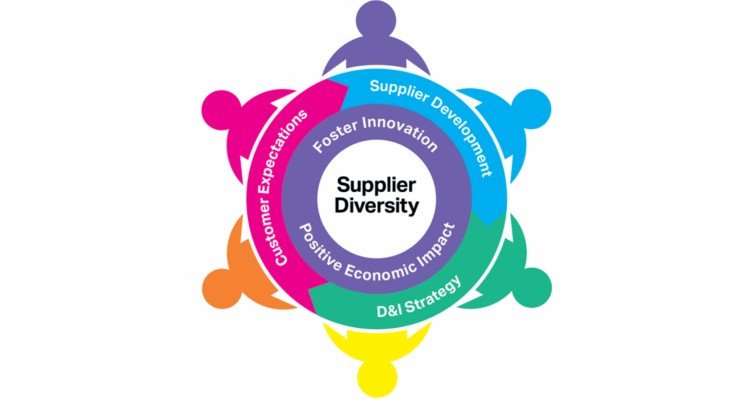Supplier Diversity Resolutions for 2023
By: Pamela Sajnani, Supplier Diversity Officer, TMGThere has never been a better time for procurement organizations to invest in supplier diversity. For companies, the question then becomes: How do we build a supplier diversity program that will drive sustainable, long-term value? A healthy supplier diversity program needs to be consistently nurtured, and remain in impeccable shape.
Supplier diversity is a proactive program that encourages partnerships and contracts with businesses that are at least 51% owned and operated by a historically underrepresented or underserved group. These groups can be defined in a variety of ways depending on the organization and country, but they typically include small, women-owned, veteran-owned, disabled-owned, LGBTQ+-owned, and minority-owned businesses.
A few best practices for 2023 are:
Data, not talk
The best way to showcase your program is with clear, strong metrics. Executives need to see hard data to determine if you’re achieving your goals, and if those goals are aligned with the company’s overall plans. If you’re not sure what specific goals your program should be striving for, benchmarking against your peers is a great place to start. Automated reporting methods is the best way to make sure the data is the most up-to-date and accurate.
Diversity Benchmarking is a fantastic tool for keeping a pulse on where your industry is spending with diverse businesses. Comparing your spend to your peers can help you as you strategize where to focus your efforts and find what opportunities for spend will lead to the most growth within your program.
Work smarter, not harder
Manual processes that are prone to error continue to hold many programs back from reaching their full potential. You may have diverse suppliers in your current supply chain that can give an instant boost to your spend. Enriching your data with a trusted external database can help you discover your current spend with ease without having each of your suppliers individually submit their diversity data. The processes you automate will lead to more time working with your business partners on strategy.
Build Awareness
Building momentum for the program and marketing the capabilities of diverse suppliers is an ongoing effort. To do this, there needs to be a consistent strategy for building awareness with key stakeholders via internal and external channels. The specifics of such an effort will vary greatly by organization and how procurement is structured.
Many actions you can take to build awareness with these teams require minimal time commitment and budget. For example, you can use your company’s internal website to feature a new diverse supplier every month or to display testimonials collected from business partners who have worked with diverse suppliers in the past. Invite diverse suppliers to speak at your next all-company meeting and collaborate with Employee Resource Groups (ERGs)—voluntary, associate-driven groups that foster inclusion in the workplace—to ensure you reach a broad audience.
Externally, “Supplier diversity intake portals” can help with outreach, as they allow diverse suppliers to register organizations to be considered for future opportunities.
Finally, Retention
The final component of a best-in-class supplier diversity program is taking steps to retain the diverse suppliers in your supply base. Without ongoing retention efforts, you will constantly be plugging a leaky bucket and backfilling your supplier diversity programs to reach your goals. Interestingly, retention efforts can also increase the number of diverse suppliers a company works with.
Finally, don’t forget to celebrate how far you’ve come—even if it’s just a few percentage points higher on your spend metric—in the journey to balance profit with impact.

